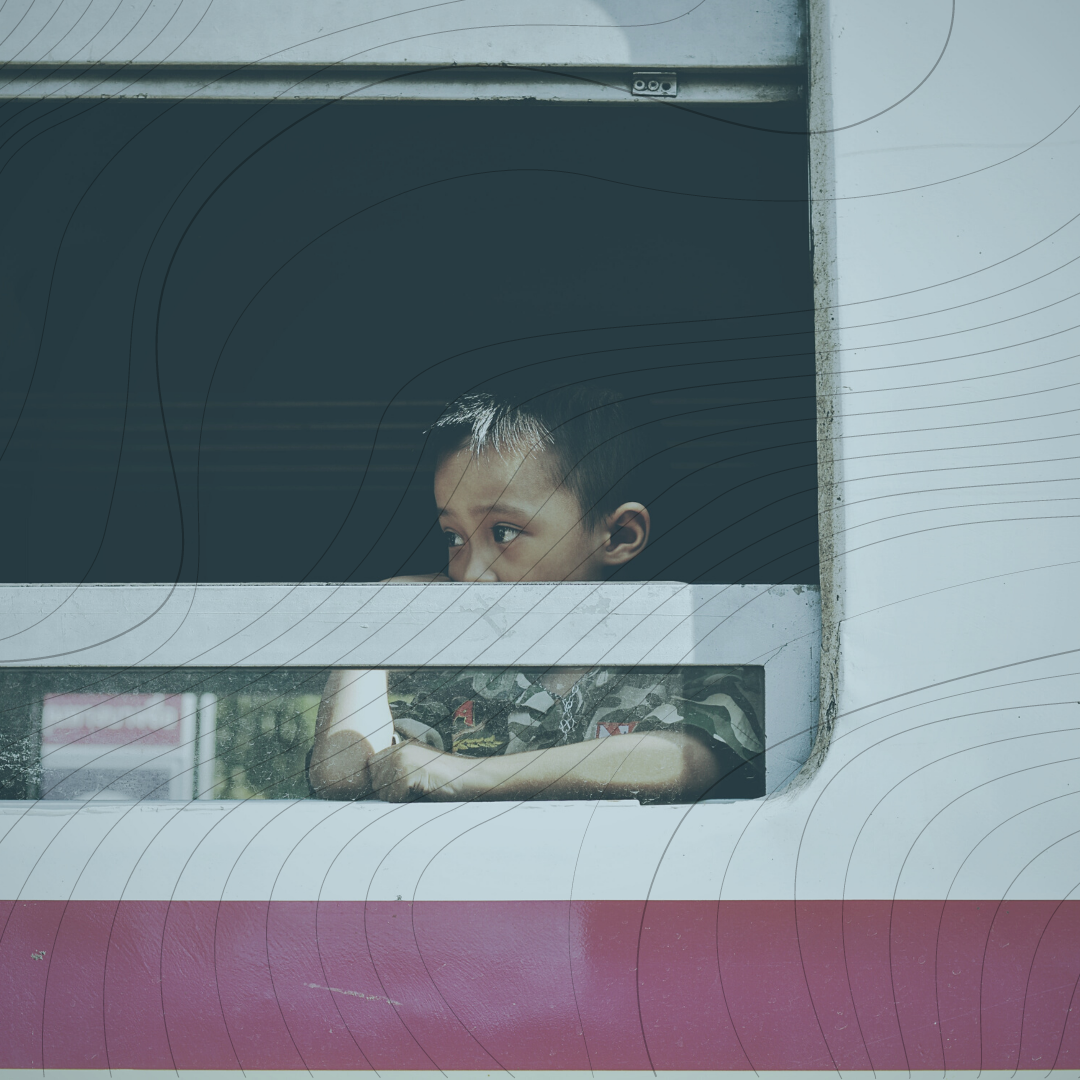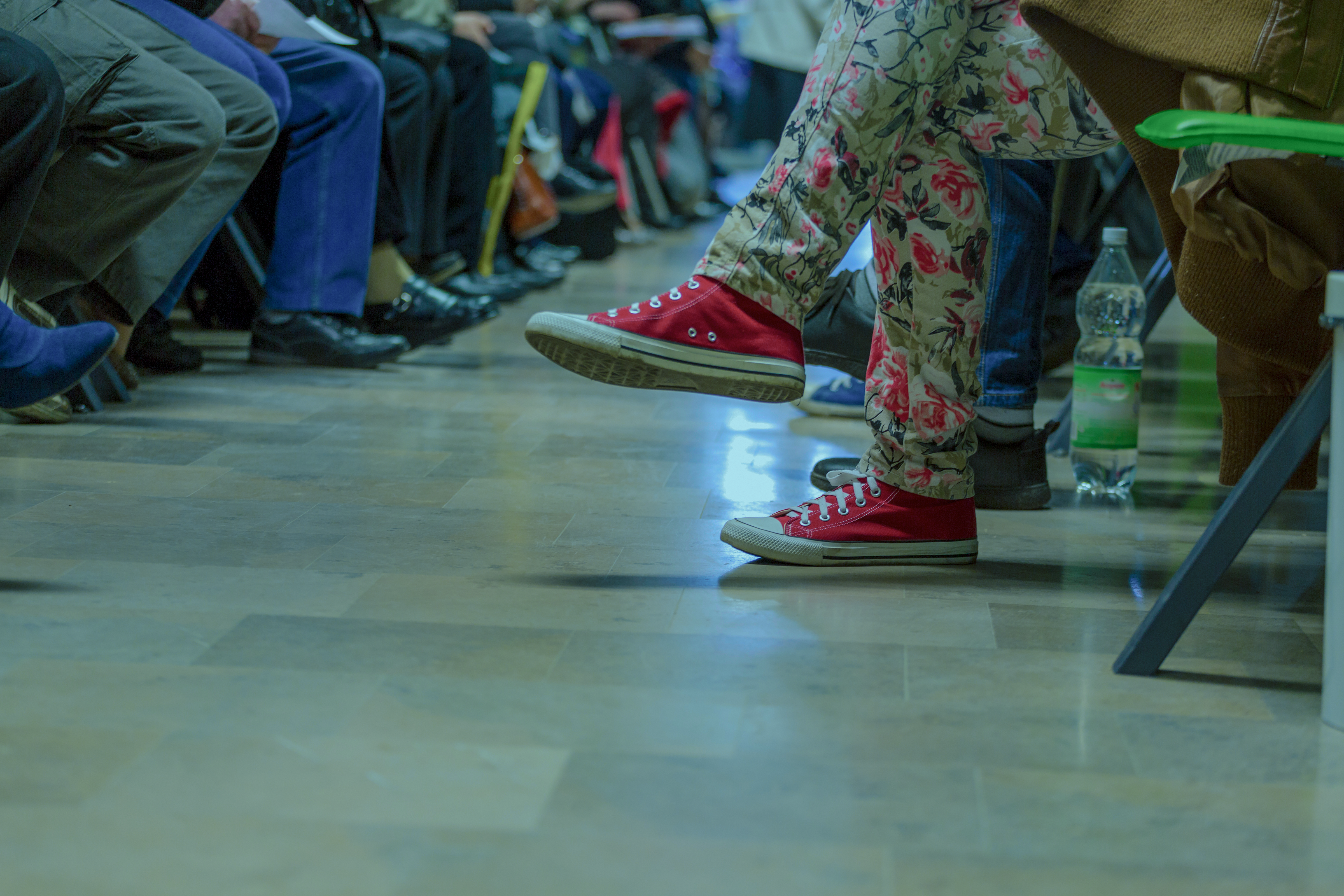Child trafficking may not always be obvious or easy to recognize and may look different than you’d expect. For example, many people think someone being trafficked begins with them being kidnapped from the park or lured with the promise of a better life, a job, money, etc. While these situations are possible, the truth is trafficking victims are usually coerced by someone they know and trust.
According to the Polaris Project, an estimated 28 million individuals are currently being trafficked around the world. To help prevent trafficking, it is vital to separate the facts from the myths. Here are some common misconceptions about trafficking to help you better understand it and prevent it in the future:
Myth: All human trafficking involves sex.
Fact: There are two types of human trafficking — sex and labor.
Sex trafficking is the use of force, fraud, or coercion to induce another individual to sell sex; for instance, escort services, pornography, illicit massage businesses, brothels, and outdoor solicitation. Under U.S. federal law, any minor under the age of 18 years induced into commercial sex is a victim of sex trafficking—regardless of whether or not the trafficker used force, fraud, or coercion.
Labor trafficking is the crime of using force, fraud, or coercion to induce another individual to work or provide a service; for example, in agriculture, domestic work, restaurants, cleaning services, and carnivals.
Experts believe there are more situations of labor trafficking than of sex trafficking worldwide, but sex trafficking receives more attention and awareness than labor trafficking – especially in the U.S.
Myth: Human trafficking only happens in illegal or underground industries.
Fact: There have been many cases of human trafficking that have been reported and prosecuted in industries like restaurants, cleaning services, construction jobs, factories, and more. ESPN reported that the additional celebrations, labor needs, and visitors in host cities surrounding large events, like the Superbowl, tend to encourage the criminal activities of trafficking.
 Myth: Trafficking victims are usually kidnapped by strangers.
Myth: Trafficking victims are usually kidnapped by strangers.
Fact: Victims of trafficking are usually coerced by someone they know and trust. Many survivors are trafficked by romantic partners and family members, including their own parents.
In situations where traffickers begin as strangers, traffickers use grooming and recruitment methods to build trust and make the victim feel the perpetrator is no longer a stranger. Traffickers often target their minor victims through social media, clubs, on the street, at large public places such as sporting events or shopping malls, or recruit through other youth at schools. Recruitment also occurs online, through social media or gaming platforms, or through false advertisements or job opportunities — like modeling or acting — that appeal to youth.
Myth: Trafficking victims are held against their will, locked up, and physically unable to escape captivity.
Fact: Although this is sometimes the case, more often, victims stay in trafficking situations for many reasons. Some lack the basic necessities to physically get out (like money, transportation, or a safe place to live), some are afraid for their safety, and some have been so effectively manipulated that they do not realize they are under the control of a predator.
Myth: You need proof to report child trafficking.
Fact: Every citizen, whether a mandatory reporter or not, should report suspected trafficking and child abuse. You do not need proof to make a report, only reasonable suspicion. The authorities will determine if trafficking is occurring.
Report Trafficking:
Call the National Human Trafficking Hotline toll-free hotline at 1-888-373-7888.
Text the National Human Trafficking Hotline at 233733. (Message and data rates may apply.)
Chat via the National Human Trafficking Hotline at www.humantraffickinghotline.org/chat.
There is still a lot we don’t know about human trafficking, but we know that much of it is preventable with education and awareness. So here are some suggestions to help protect youth from falling into the hands of a predator and becoming a victim of trafficking:
Recognize the Signs — Being able to Spot Red Flags of trafficking increases the ability to identify victims and get them the help they need. Red Flags may vary by the type of trafficking, but many include someone who:
-
-
-
- has limited freedom of movement
- constantly has someone, usually older, at their side who seems in control
- is not allowed to speak for themselves
- appears fearful, anxious, depressed, submissive, tense, nervous, or paranoid
- seems to have changed their habits, behaviors, and activities
- protects a person who appears to be controlling or abusive
- works long or unusual hours
- shows signs of substance abuse or addiction
- is dressed inappropriately for weather conditions (possibly to hide marks of abuse or tattoos)
- distances themselves from family and friends
- shares scripted, confusing, or inconsistent stories
- has a new (often older) boyfriend or girlfriend
- shows signs of poor hygiene, malnourishment, fatigue, physical injuries, or abuse
- has few or no personal possessions
- has unexplained money or possessions
- has tattoos on their body (possibly their neck or back, which is often branding by their trafficker)
- has multiple cell phones, burner phones, or erased call logs
-
-
Become Better Educated — MBF has a variety of FREE online courses to educate and empower you to help protect youth. We encourage you to take advantage of these courses so you can recognize, prevent, and respond to child victimization like trafficking and abuse:
We also encourage you to take Darkness to Light’s Stewards of Children® online training. For a limited time, MBF is offering the Somer Sunshine Scholarship – courtesy of Children’s Safe Passage – to allow Florida Residents to take the training at NO COST.
If you are a Florida resident, you can access the online Stewards of Children training at no cost by visiting the MBF website. While the scholarship is offered only to Florida residents, the Stewards of Children training is available to anyone outside of Florida for just $10.00 through Darkness to Light.
Take Action — It takes a village to protect children, and everyone can help. Here’s how:
-
-
-
- Share this blog and other MBF resources with your colleagues, friends, family, and parents in your community to learn how to recognize the signs and how to report suspected trafficking and other types of child victimization. Visit our resources page to view our extensive variety of resources.
- Be an advocate for prevention education. MBF Prevention Education Programs teach students to prevent, recognize, and respond to human trafficking, as well as abuse, bullying, cyberbullying, exploitation, and other digital dangers. Ensure the programs are being taught at schools in your community.
- Become an advocate for victims and potential victims. If you see something, Talk It Up and say something – whether that be reporting suspected trafficking to the trafficking hotline or local law enforcement or offering help to a victim.
- Finally, look for organizations near you that are fighting human trafficking and get involved! Trafficking thrives because people think, “this won’t happen to my children or me.”
-
-
Additional Resources:
Darkness to Light: Human Trafficking Awareness
18 Things You Can Do to Stop Human Trafficking
Borgen Project: The Internet’s Role in Trafficking
Discussing Sensitive Topics With Children
Categorized in: Blog, Child Sexual Abuse, Exploitation, Human Trafficking


